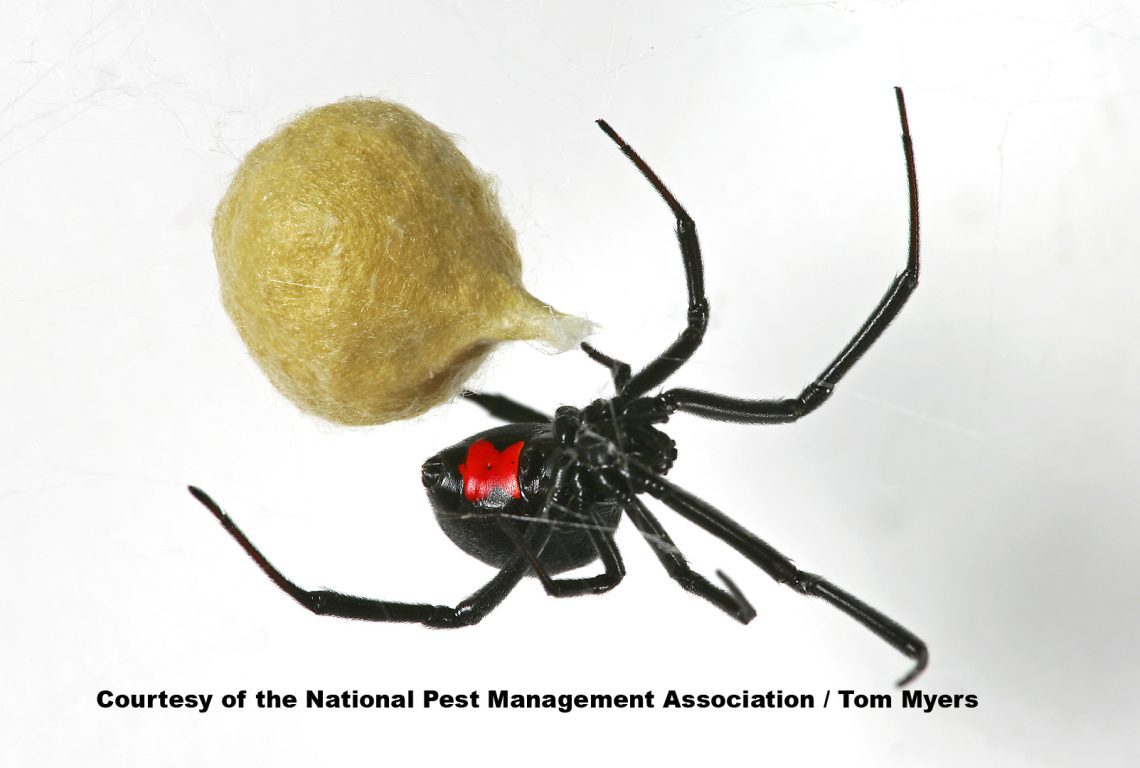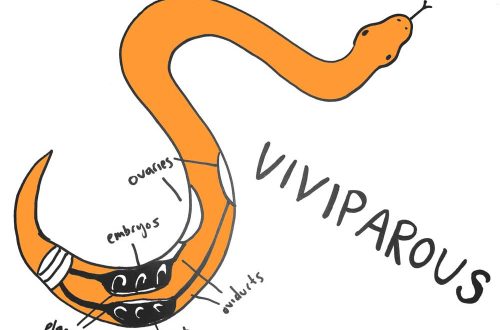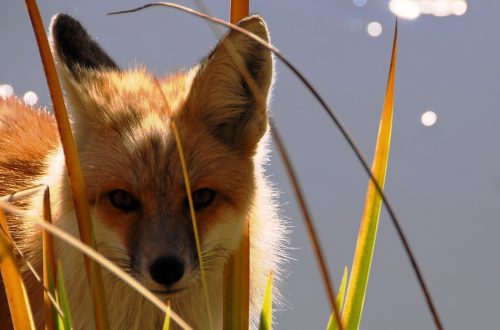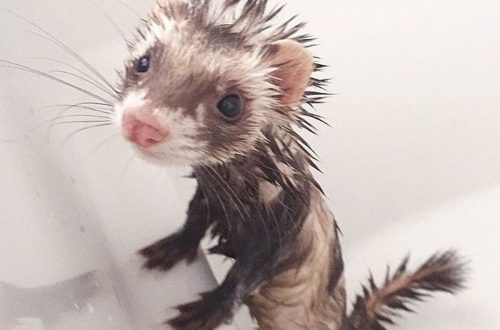
What types of spiders are found: poisonous, unusual and unique
Our world around us is inhabited by many different creatures, which, although they look strange, play their important role in the natural balance. So, nature created, according to scientists, about three hundred million years ago spiders, which at the moment there are more than forty thousand species. The first arthropods evolved from a crab-like ancestor.
It is widely believed that spiders belong to the insect family, although in fact this is not at all the case. Spiders are allocated in a separate class Arachnids, subspecies Cheliceraceae, type Arthropods. Studied by the science of arachnology.
Contents
How are spiders different from insects
- Insects have six legs and spiders have eight.
- Spiders have forelimbs with poisonous claws.
- Spiders do not have antennae like insects.
Web – habitat
Over the millennia of evolution, the spiders themselves have undergone little change. But the weaving of the web has been improved all the time. The web itself is produced from special glands located on the spider’s abdomen. Since the types of glands are different, the quality of the web will also differ. And throughout the life of this species, the web may need different quality. To protect the cocoon, the spider uses a soft web. But for constructing a trap for insects, he needs a strong thread that will not break during the death convulsions of the victim. In some species, there are up to six threads of different quality, which are used for their intended purpose.
Almost all spiders are skilled weavers of their webs. But there is one species that does it so beautifully that it drew the attention of specialists to this quality. These are spinners, which belong to the family of crosses, weave their wheel-shaped nets according to clearly established rules. There are craftsmen who weave something resembling a cup and saucer. These are individuals belonging to the genus Frontinell. Funnel weave their nets in the form of a sap or funnel, which is why they got such a name.
Found in nature and species that unusually use their webs are individuals from the family Gnaphosidae. They do not catch their victims in the net, but build a shelter from cobwebs for themselves between stones and vegetation.
Particularly dangerous individuals
Almost all spiders that are known at the moment have poison in their arsenal. But not all spiders can harm a person with their poison. As a rule, the poison of these predators is designed for a small insect that spiders eat.
But there are also individuals who cannot be ignored, because they the bite is deadly to humans. Such dangerous arthropods must be remembered and be careful when meeting with them.
Karakurt
The poison of this predator is deadly to humans, so everyone should know what it looks like. Moreover, it is difficult to confuse it with other representatives of arachnids. Females and males on a black abdomen have bright scarlet spots, sometimes bordered with white halos. But unfortunately, there are also completely black individuals from crossings within the genus, which are difficult to identify. It is necessary to recognize Karakurt in order to be able to apply the antidote anti-karakurt serum in time to block the consequences.
According to experts, this spider does not attack a person without special reasons. But if the attack still happened, then you need to urgently seek medical help. In the first two minutes after the bite, you can localize the effect of the poison by cauterizing the bite with a lit match. Karakurt bites through the skin by only half a millimeter, therefore, with such a treatment of the wound, the poison should collapse. In any case, the bite should not be ignored. The effect of this type of poison begins to act within ten minutes and is characterized by burning pain that spreads throughout the body.
recluse spider
Meeting a person with this spider is not always fatal, but there have been such cases, so you should pay attention to it. The most dangerous of all hermit spiders, experts call the Chilean hermit. But deaths have also been reported from the bite of the Brown Recluse. Both of these species prefer to settle in abandoned buildings. Therefore, the name of the spiders hints at their way of life in secluded places.
brazilian wanderer
This deadly species lives in South and Central America. Its bite causes paralysis and suffocation. Moreover, this creature attacks everyone who approaches in its field of vision. He rears up and goes on the attack, preferring to die rather than retreat. The span of his paws reaches fifteen centimeters, so it is easy to notice him and rush to retreat from his territory.
sydney funnel
This poisonous predator lives in Australia, so it should not be feared on other continents. It does not grow even up to five centimeters, but is extremely dangerous. This species is not warlike and will not attack for no reason, only when it feels threatened. But if he starts to attack, he will cling and bite many times, injecting poison, until he is thrown off. Since the respiratory system can fail with his poison, you should immediately contact a medical facility.
Six-eyed sandy
This spider lives in the sands of Africa and is very dangerous with its poison, which leads to rupture of blood vessels due to the powerful toxin contained in it. So far, no antidote has been found. This species is unusually tenacious and can do without water and food for a very long time. He burrows into the sand and waits for a passing victim, so be vigilant.
What to do if a spider bites
Dealing with the entire genus of arachnids, of course, is difficult. And only specialists can understand how severe the consequences of the bite of one or another of its representatives will be. Therefore, doctors recommend that you immediately consult a doctor. If it is possible to catch and place a bitten individual in a sealed vessel, then this must be done. Determining the name of the spiders greatly increases the chances of a XNUMX% determination of the antidote.
The most unusual types
Nature sometimes puts spiders in such bizarre forms that one has only to wonder where so much imagination comes from. Here are just a few such examples.
- Spider-Peacock. It differs primarily in its bright color, reminiscent of a peacock feather. The size of an individual is limited to five millimeters, so it is not easy to see it. Only males have this coloration.
- Crab spider. It looks like a crab. In addition, this unique creature can move, just like a crab from side to side and back and forth. And the ability to change color makes it invisible against the background of the habitat.
- Dolomedes. Another name for this spider is “fish”, as it lives near water bodies and feeds on small fish that do not exceed its size.
- Spider is a whip. This creature rather resembles a thin twig and is completely unlike its fellows. The species was named Сolubrinus, which means serpentine in translation. This is how nature created it for camouflage. Such a predator sits in a web, and the victim thinks that these are branches stuck to the cobweb and is not at all afraid of him.
A unique plant-eating species
All spiders are predators except for one. Therefore, I want to write about it in more detail. This species has been found on the branches of Acacias in Central America. It’s called Bagheera Kipling.. They belong to the species of horses. They are very small in size, no larger than the nail of the little finger on the human hand.
These creatures live in perfect harmony on the Acacia along with the ants and eat the same food with them. They eat green shoots, which are formed at the ends of the leaves of exclusively tropical Acacias. These appendages are called Belt bodies, after the name of the person who discovered them. But even this unique variety does not always adhere to a plant-based diet. If there are interruptions in food, the spider can become a predator.
The smallest and largest species
- The smallest spider grows to only thirty-seven millimeters and is called Patu digua.
- Individual individuals of the largest spider grow up to nine centimeters. This is a tarantula called Theraphosa Blonda. The span of the paws can reach twenty-eight centimeters.
Thus, we can conclude that not all spiders need to be afraid. Not all types of spiders, these original creatures of nature, are dangerous to humans. And the incomprehensible disgust and fear of these creatures has no real threat, but haunts many. Therefore, it is worth considering how possible it is to meet poisonous and deadly individuals in your place of residence and stop being afraid of everyone.





